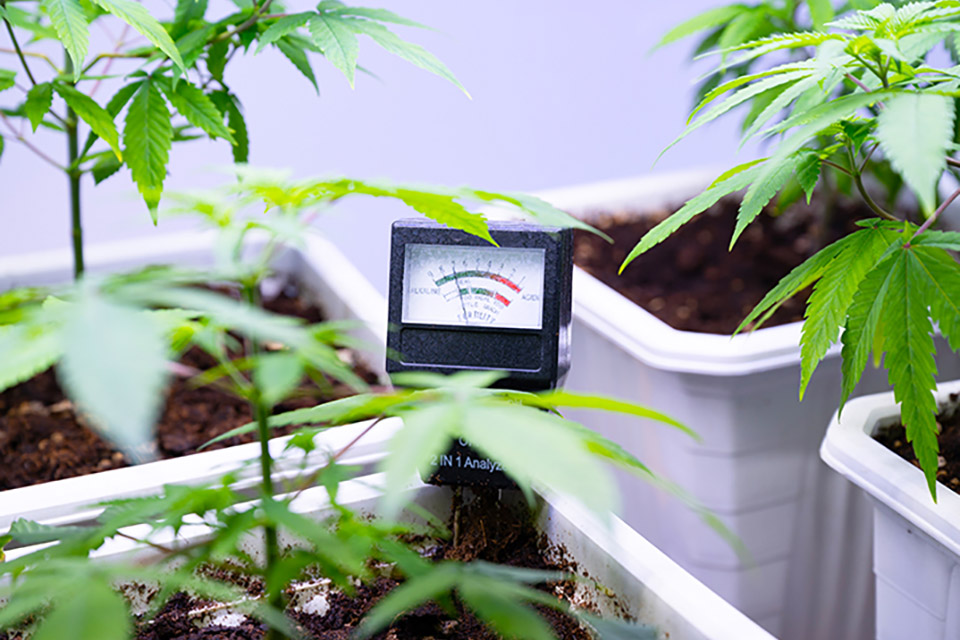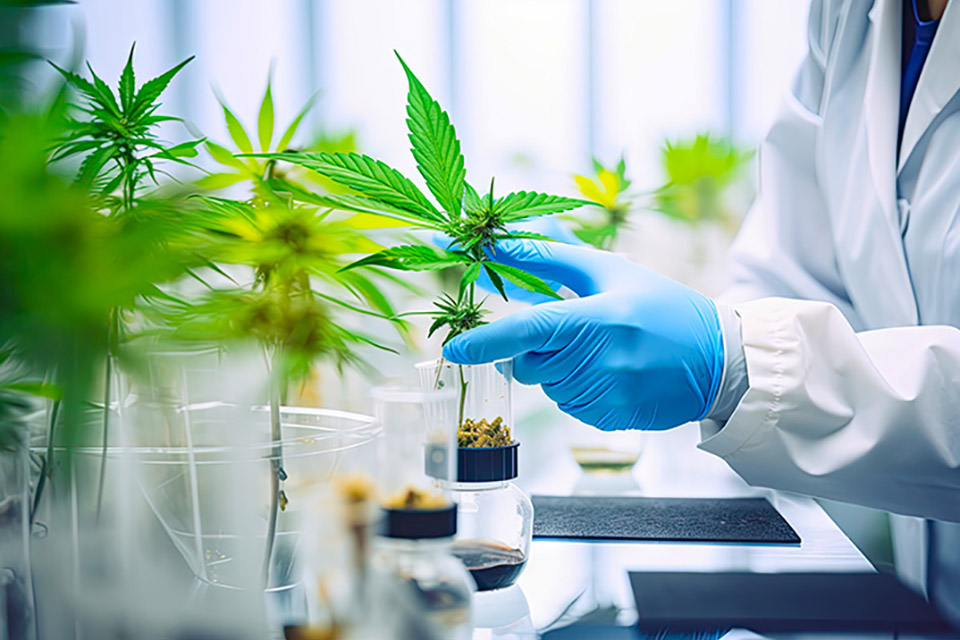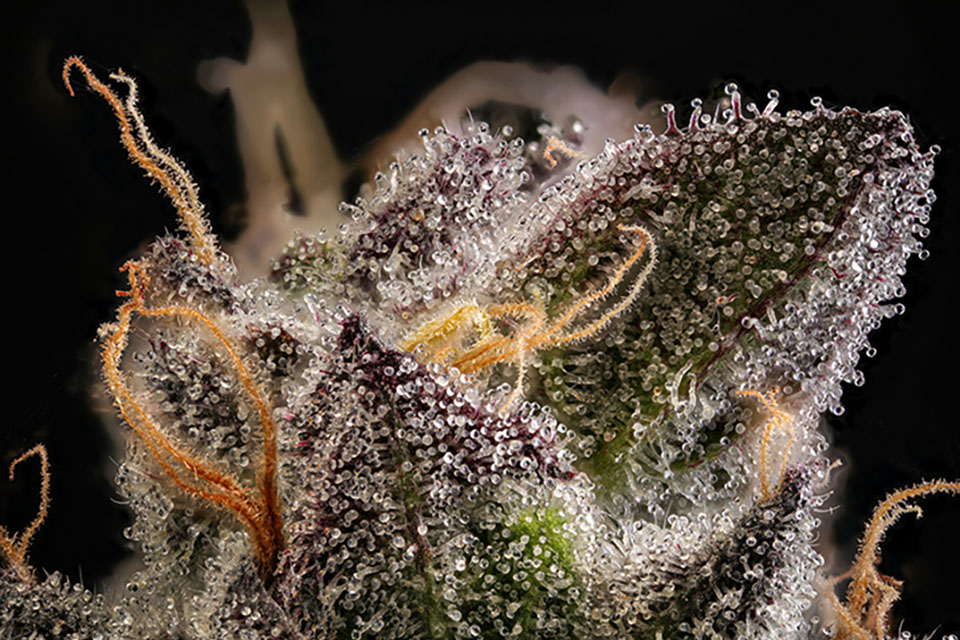
Cannabis cultivation can be a rewarding endeavor, but it’s not without its challenges. This is especially true when it comes to ensuring your plants have the right nutrients to thrive. Providing for your cannabis requires a few specific things, so here’s a crash course on the macro and micronutrients your plants need, as well as some tips for how to keep them in the best shape during the whole growing process.
Essential Cannabis Nutrients
Three key nutrients are considered essential for the growth and development of the cannabis plant: Nitrogen (N), Phosphorus (P), and Potassium (K). These are frequently referred to as the “NPK” ratio on most nutrient packages, and each serves a different important function for the plant.
Nitrogen
Nitrogen is primarily responsible for the growth and development of leaves and stems. It directly impacts the rate of photosynthesis, particularly in the vegetative stage. As such, cannabis requires large amounts of nitrogen to grow large. However, an overabundance of nitrogen can potentially cause problems such as hindered bud development. Keep an eye on the leaves for signs of nitrogen issues since yellowing can indicate a lack of nitrogen, while a dark green color can suggest too much.
Phosphorus
Phosphorus is critical in photosynthesis and nutrient uptake, affecting the size and quantity of the buds. It also helps develop roots and enhances the overall strength and maturity of the plant. Cannabis plants need more phosphorus during the flowering stage than in the vegetative stage. Signs of phosphorus deficiency may include red or purple stems and slowed growth. However, be cautious not to overload your plant with phosphorus, as it can lead to nutrient lockout, preventing your plant from absorbing other essential nutrients.
Potassium
Potassium plays a significant role in the correct functioning of the plant’s immune system, helps the plant with water absorption, and supports the strength and rigidity of the plant. It also influences the quality of the flowers and their resin production. While potassium is essential throughout all stages of growth, it is particularly important during the flowering phase. If you notice that your plant’s leaves have yellowing edges or brown spots, it may be a sign of potassium deficiency. On the flip side, a potassium excess could lead to calcium and magnesium deficiencies.
Secondary Cannabis Nutrients
Although required in smaller amounts than traditional NPK nutrients, secondary nutrients, such as calcium (Ca), magnesium (Mg), and sulfur (S), are still vital for the plant’s overall health and growth.
Calcium
Calcium is responsible for maintaining the firmness and structure of the plant. It aids in cell growth and nutrient transportation. A steady supply of calcium is necessary throughout the plant’s life cycle. Calcium deficiency can result in the formation of brown spots on leaves. Overdosing your plants with calcium, however, can result in a nutrient lockout.
Magnesium
Magnesium is vital for photosynthesis because it is part of the chlorophyll molecule. Magnesium deficiency can lead to interveinal yellowing on older leaves, and excessive magnesium can prevent the plant from absorbing other nutrients, such as calcium.
Sulfur
Sulfur is essential for the production of vitamins, amino acids, and proteins in plants and helps them resist disease. Sulfur deficiency might cause young leaves to become pale and lead to slower growth. However, excess sulfur may make the soil too acidic, harming the plant.
Micro Cannabis Nutrients
Trace nutrients like Iron (Fe), Zinc (Zn), and Copper (Cu) are necessary in very minimal amounts but are still crucial for the plant’s health and growth.
Iron
Iron is beneficial for photosynthesis and acts as a catalyst for chlorophyll production. A lack of iron in cannabis can lead to yellowing leaves. However, iron excess can cause leaves to develop brown spots.
Zinc
Zinc aids in growth hormone production and promotes stem growth. A zinc deficiency can lead to stunted growth and leaf discoloration. Excessive zinc application can also lead to a deficiency of other nutrients, like iron.
Copper
Copper is involved in several enzyme processes and plays a vital role in photosynthesis. Copper deficiency can cause the leaves to become dark and curl downwards, and excessive copper levels can lead to iron deficiency.
Using Cannabis Nutrients Effectively
Understanding how to effectively use these nutrients is just as important as understanding their function. Not all methods provide the same results, so pay special attention to the nutrients your cannabis needs and how you administer them.
Understanding Nutrient Ratios
Overfeeding or starving your plants can have detrimental effects. The recommended nutrient ratios may vary based on the growth stage, so it is necessary to understand and follow them.
Application Methods
Nutrients can be applied through the soil or foliar feeding. The method of application will depend on the nutrient required and the plant’s condition.
Keep Your Cannabis Healthy with Regular Nutrient Feedings
Managing your cannabis plants’ nutrients is essential to their growth and health. Each nutrient plays a different but no less important role in their development, so it’s well worth it to understand what each does and how to apply the right amounts. By paying attention to what your plants need, you’ll have a thriving and bountiful harvest in no time.



